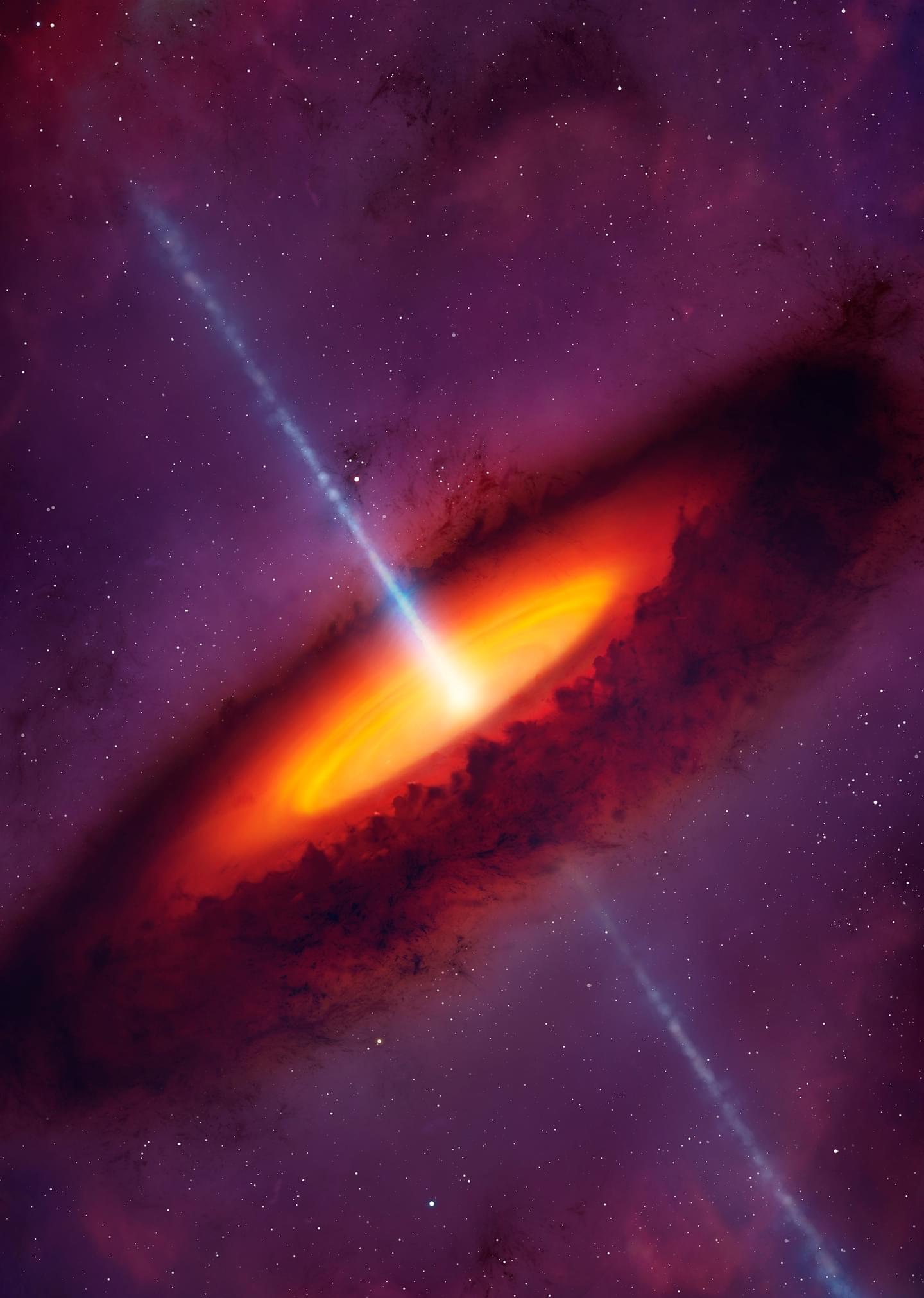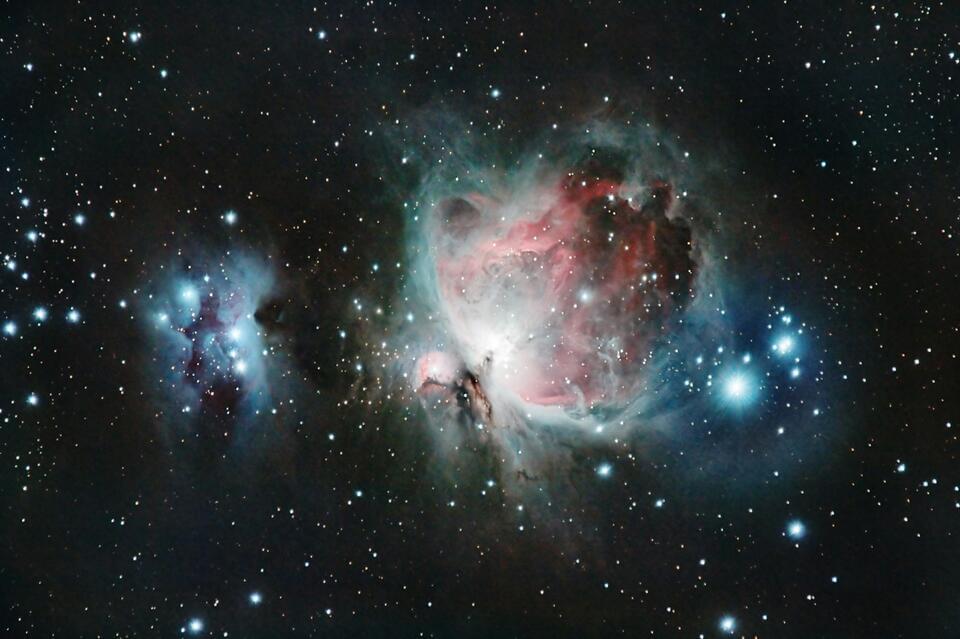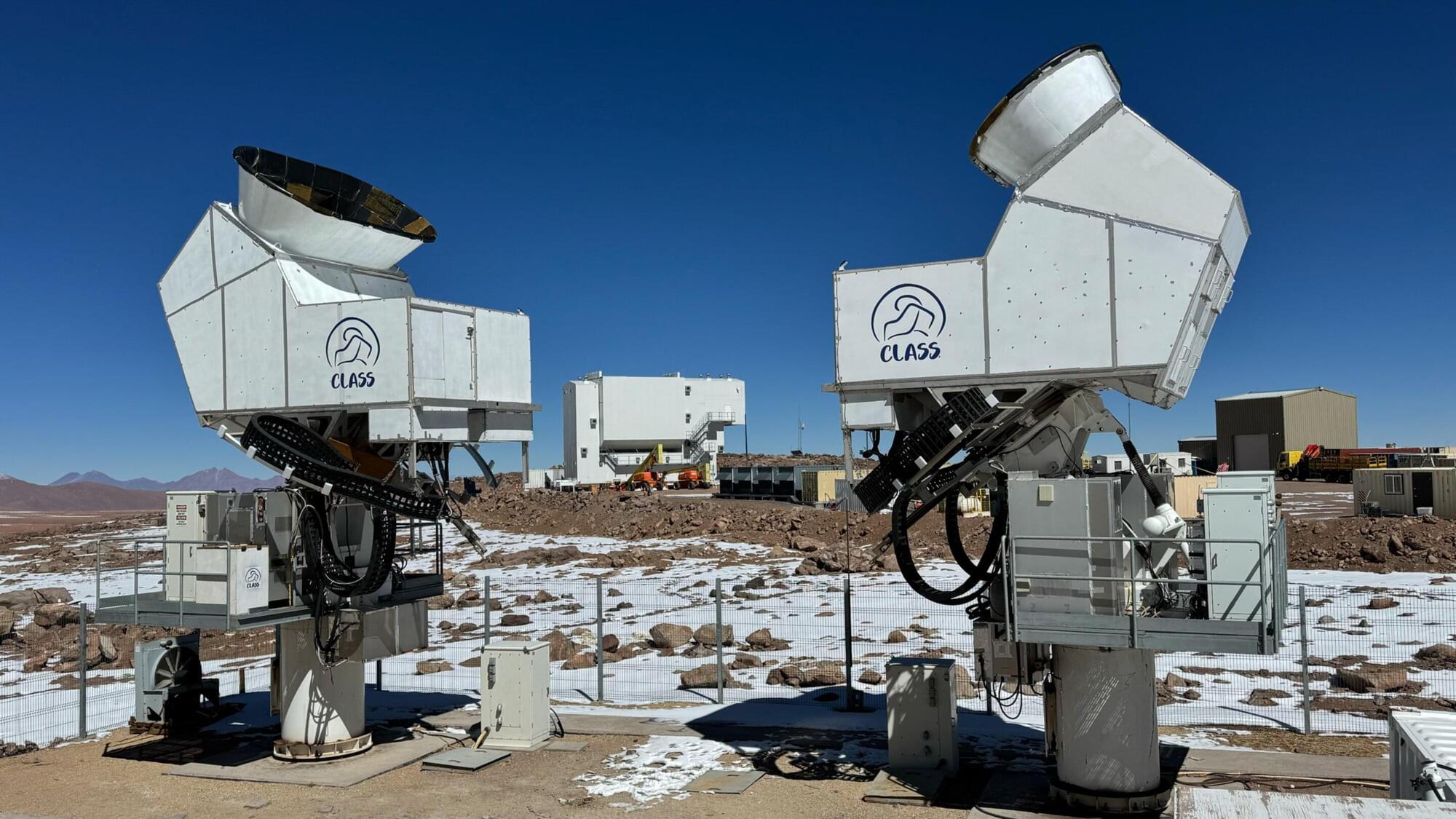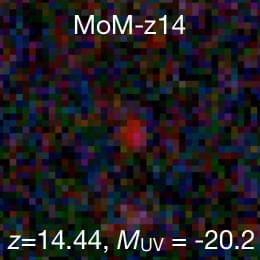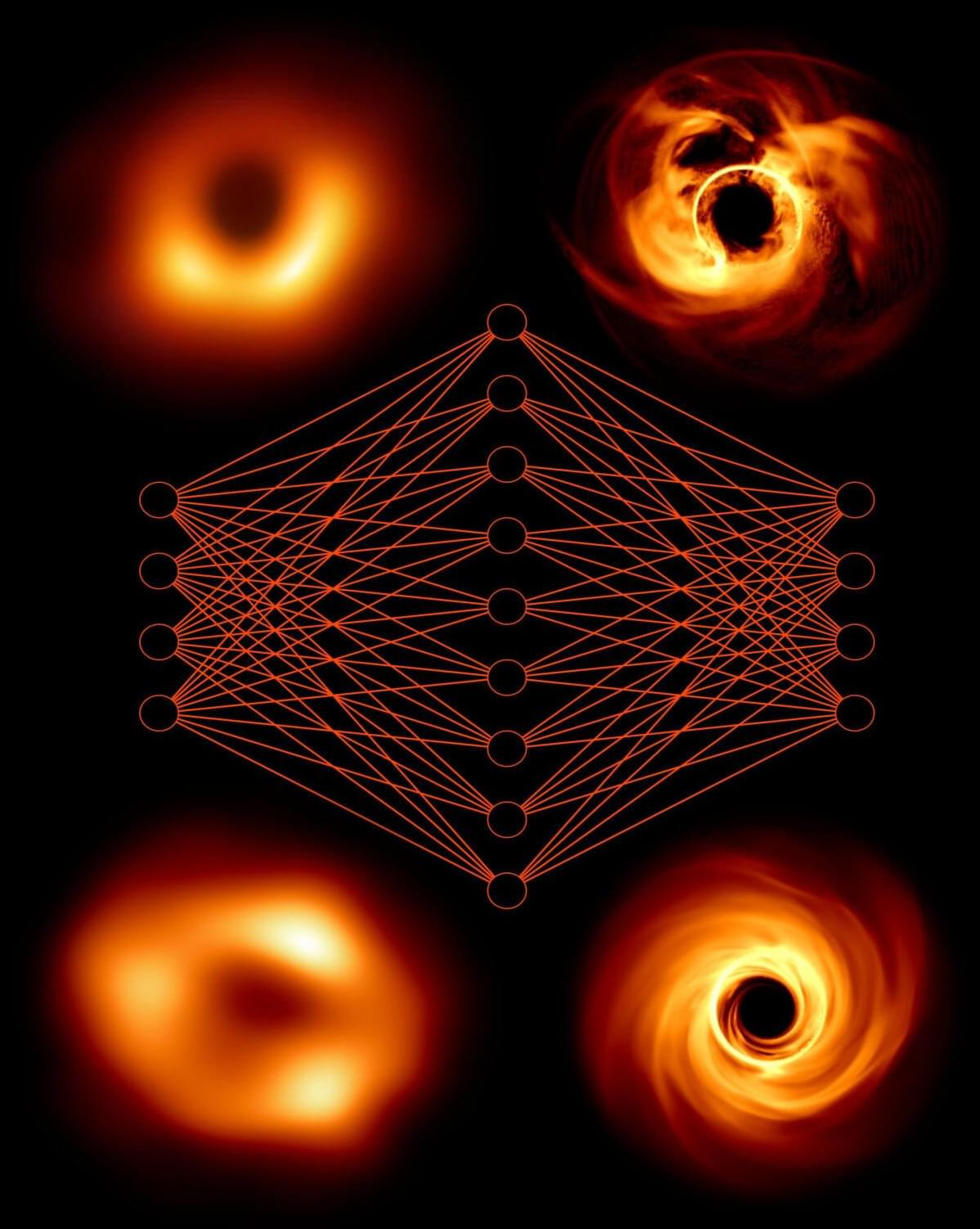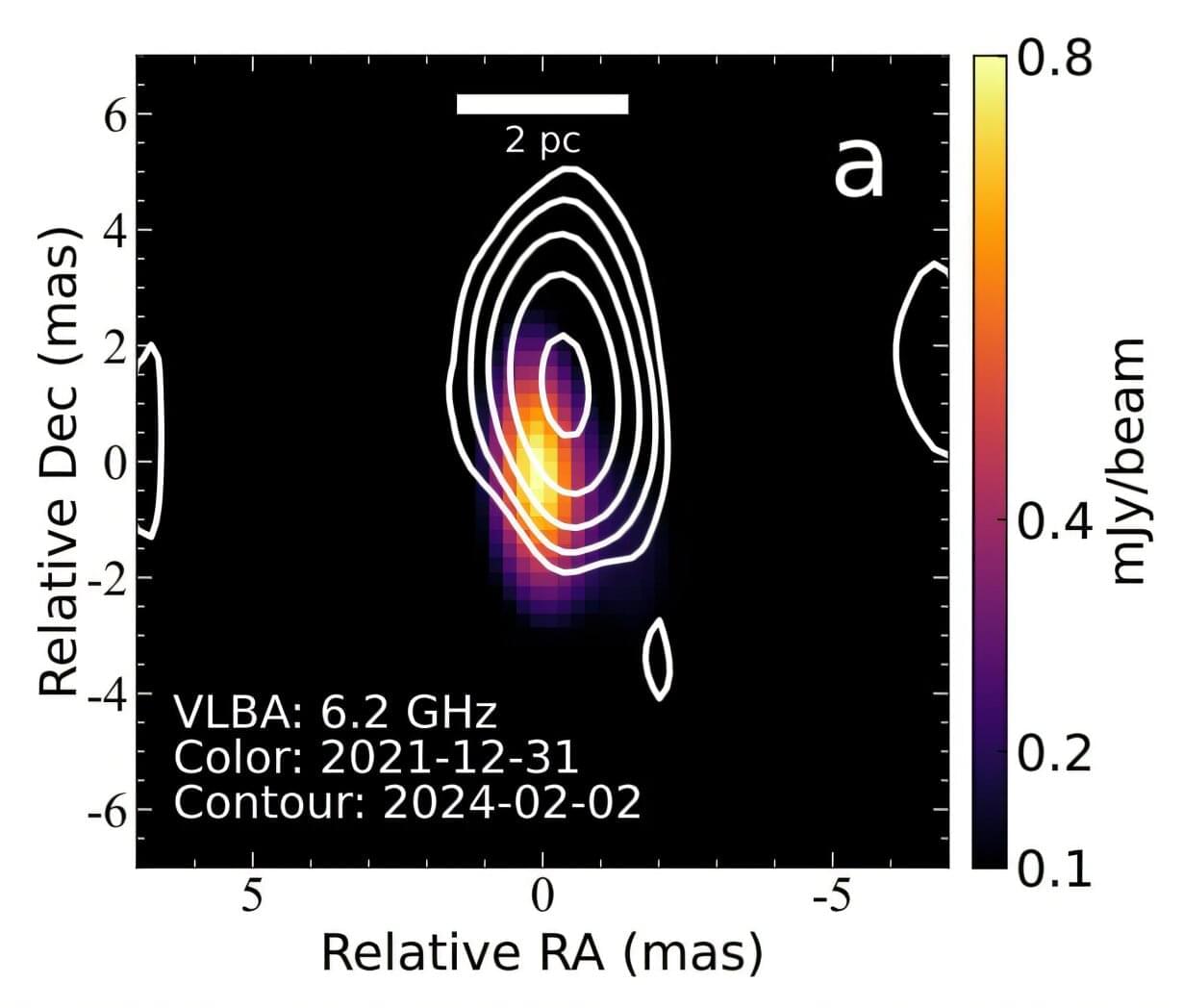Dark matter constitutes about 27% of the universe, yet it remains one of the greatest mysteries in cosmology. Unlike normal matter, it does not emit, absorb, or reflect light, making it invisible and detectable only through its gravitational effects. Understanding dark matter is crucial for explaining galaxy formation and cosmic structure.
Accounting for approximately 68% of the universe, dark energy is a hypothetical form of energy proposed to explain the accelerated expansion of the universe. Its nature and properties remain unclear. Dark energy challenges our understanding of gravity and the ultimate fate of the cosmos.
Black holes are regions with a gravitational pull so strong that nothing, not even light, can escape. While we have theories describing their behavior, their interiors remain shrouded in mystery. The existence of black holes challenges the boundaries of our understanding of physics, including general relativity and quantum mechanics.
